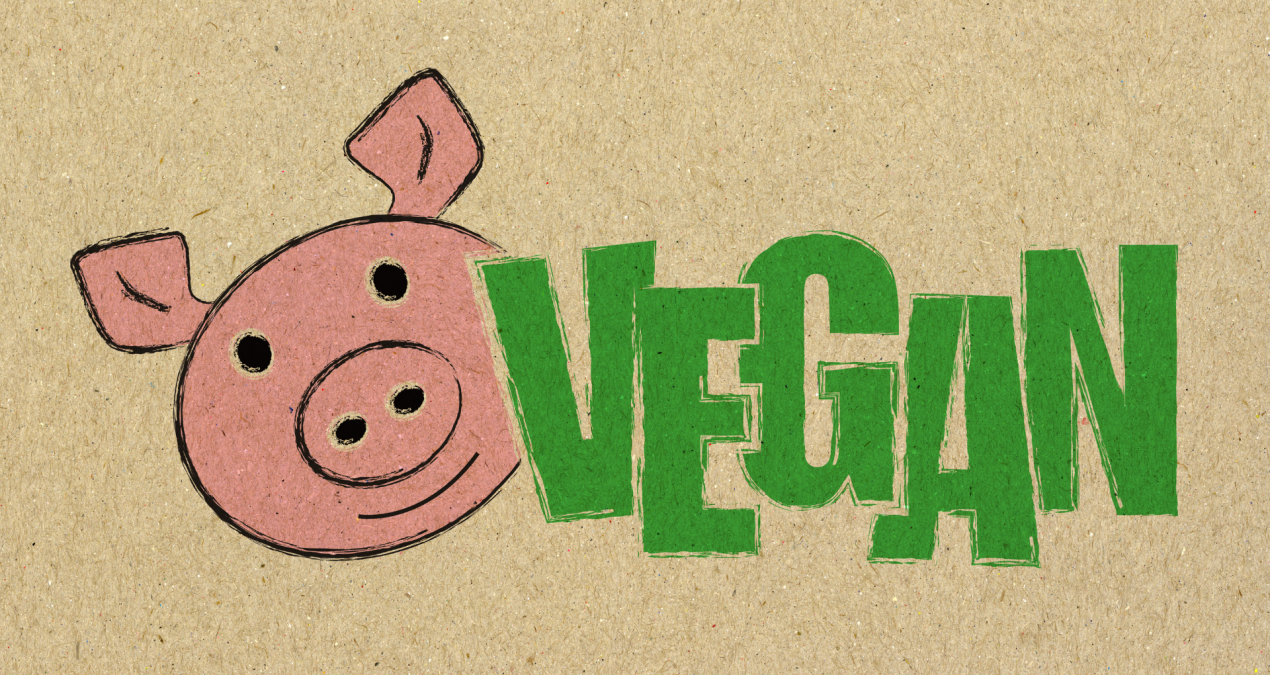More and more people are choosing to go vegan, and it’s easy to see why. For one, there are plenty of delicious meat-free options available, from mac and cheese and donuts to pizza and ice cream. But beyond eating delicious, meat-free food, there are also numerous benefits to giving up animal products. Switching to veganism has been shown to improve one’s overall health, including boosting energy levels, lowering blood pressure, and reducing the risk of heart disease.
Here’s How to Shift Towards Veganism:
Research And Learn Everything You Can.
Veganism is a dietary philosophy that is based on the idea that humans should only consume foods that come from plants and that all animal-derived foods-including eggs and dairy-should not be consumed. A vegan lifestyle encompasses far more than just what foods you eat, though. Vegans also refrain from using animal products, such as cosmetics, clothing, and household products, and do not use animal products in cooking or caring for animals. Rather they go for products that are vegan-friendly. For instance, if you were looking for vegan cosmetics, some research can lead you to discover that a company like Aesop is vegan, and safe to buy products from. Similarly, for clothing and household products, some internet browsing and product reviews should lead you to the appropriate vegan items.
Maintain A Positive Attitude.
It’s easy to be cynical about veganism sometimes. Even though there are more and more restaurants, grocery stores, and restaurants catering exclusively to vegan and vegetarian options, veganism is still often perceived as a fringe diet, one that’s chosen by alternative lifestyle types. However, this couldn’t be further from the truth. Thanks to research initiatives and new studies that show veganism doesn’t lead to greater health problems than eating traditional meats and dairy, more and more people are dropping animal products from their diet. When you think positively, you tend to achieve positive results. Instead of saying “I need to lose weight,” one should say, “I will be healthy and energetic.” This attitude will attract positive people, places, and things.
Include It in The Diet Before Subtracting from It.
While some people are permanently vegan for many different reasons, others choose to give veganism a try. A vegan diet, which is also known as a plant-based diet, is a diet that excludes any animal products. This includes meat, poultry, seafood, eggs, and dairy. Those who alter their diet in this way often do so for health reasons, such as reducing their risk of cancer, diabetes, or heart disease.
Look And Keep in Mind the Motivation to Shift.
Veganism can help you lose weight, avoid diseases, improve mental health, and protect the environment. Choosing to live a vegan lifestyle is a commitment, but it can help save your life and the lives of animals. For so long, people have been striving for weight loss. The thought of losing weight, being in shape, or getting into shape has worried most of us at some point in our lives. But, now, with veganism being all the craze, people are becoming more aware of the damage that meat production has on our environment, as well as on our bodies.
Start Planning the Transition.
Veganism is far more than a diet. It’s a lifestyle. If you make a serious commitment to living a vegan lifestyle, then you must be prepared to make the necessary changes. Take inventory of what you eat, look at all the animal products you eat, and figure out how you can organize your meals. Veganism is more than just food: it’s about compassion and reducing stress. Vegans avoid using or consuming any animal products. This includes meat, fish, poultry, eggs, dairy, honey, gelatin, and any products made with animal products. Vegans choose to forgo animal-based products, not out of cruelty to animals but out of compassion for animals and their health.
Although there are a lot of reasons to be vegan, like lower greenhouse gas emissions, animal welfare, and better health, there are also plenty of reasons not to go vegan. To shift towards veganism, it’s important to look at the reasons not to and then look at the reasons to do it.

